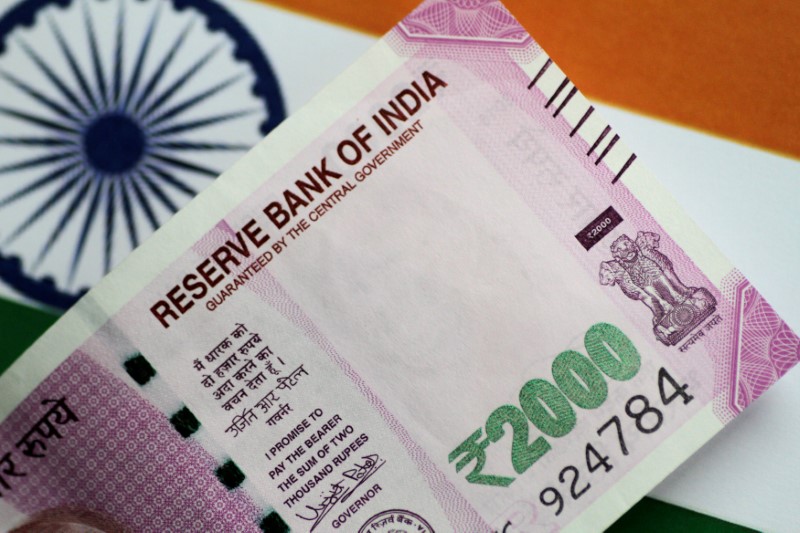By Ambar Warrick
Investing.com-- Indian wholesale inflation fell to a 19-month low in November, data showed on Wednesday, as further declines in fuel rates and stability in food prices helped bring down production costs for the manufacturing sector.
The wholesale price index, which gauges inflation faced by producers, fell to an annualized 5.85% in November from 8.39% in the prior month, data from the Indian commerce ministry showed. The figure was also well below expectations of 6.50%, and was at its weakest level since February 2021.
A sharp drop in food price inflation was the biggest contributor to the decline. Indian wholesale food price inflation grew only 1.1% in November, sharply slowing from growth of 8.3% in the prior month.
Wholesale fuel price inflation also weakened substantially in November, rising 17.35% after a 23.17% jump in the prior month.
November’s reading reflects the combined effects of rising interest rates, tighter monetary conditions, and recent stability in commodity markets on Indian price pressures. Indian consumer price index inflation also eased more than expected in November.
Still, both readings remained above the Reserve Bank’s target range of 4%, although they have eased substantially from highs hit earlier this year.
The Reserve Bank hiked interest rates by 35 basis points (bps) last week, bringing its total hikes this year to a combined 225 basis points. But the central bank signaled that monetary conditions in the country were still loose, and that it will likely hike rates further.
Still, the softer-than-expected inflation data is expected to invite a slower pace of future rate hikes.
The Reserve Bank also expressed optimism over India’s growth prospects for 2022. The country’s gross domestic product is forecast to grow by nearly 7% this year, far more than most major economies in the world.
The Indian rupee weakened 0.2% to 82.530 against the dollar after Wednesday’s reading, with easing inflation pointing to smaller rate hikes by the Reserve Bank. The currency has also lagged most of its Asian peers this year due to pressure from higher U.S. interest rates and volatile oil markets.
